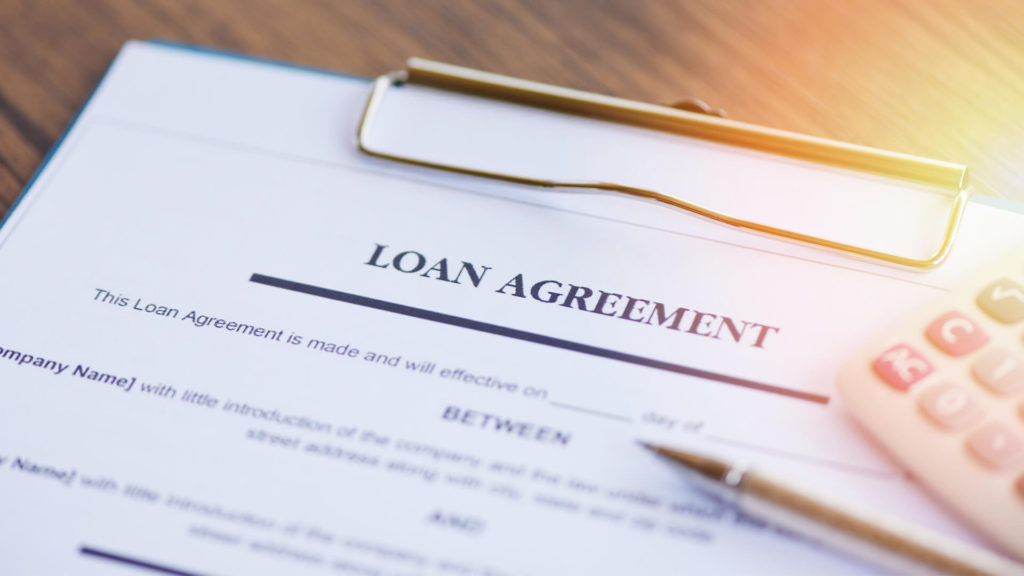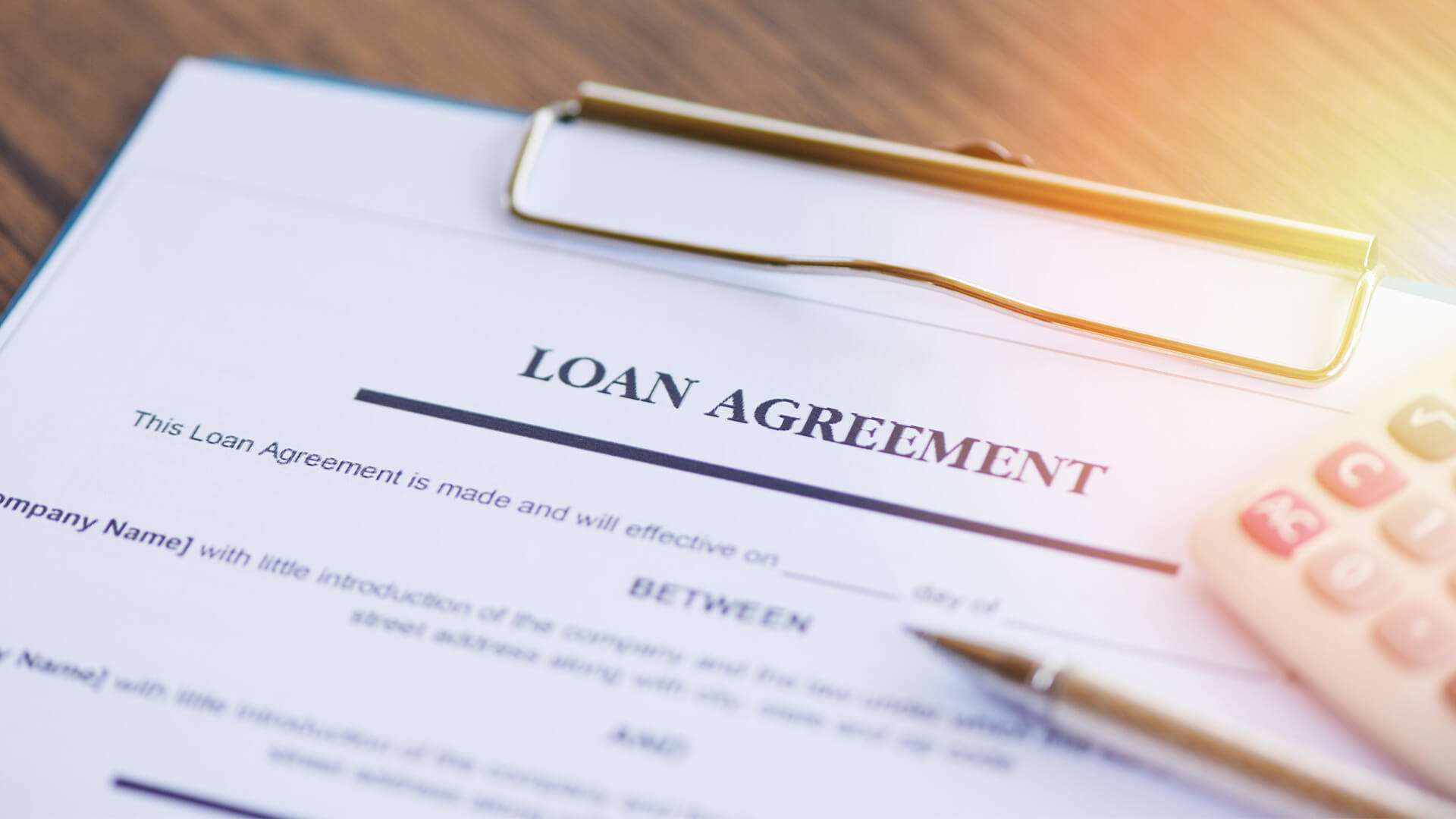What is a loan agreement?
A loan agreement is a compound document that can secure the two parties involved. In majority of cases the lender makes the loan agreement, which means the burden of involving all of the terms for the agreement falls on the lender. Except if you have created loan agreements before, you will likely want to make sure that you fully comprehend all of the constituent parts so you do not omit anything that can safeguard you during the loan lifetime.
Why one need a loan agreement?
Prior to lending someone any amount of money or provide services without payment, it is crucial to know if you need to draft a loan agreement in order to protect you. You never want to loan out any money, services or goods without making a loan agreement to guarantee that you will be repaid or that you can take legal action in order to have your money repaid. The purpose of a loan agreement is to list in details what is being loaned and when and how the borrower has to pay the amount of money back. The loan agreement has particular terms that detail exactly what is loaned out and what is expected in return. After it has been executed, it is mainly a promise from the lender to pay to the borrower.

Fund out other useful forms, that can be downloaded for free, here.
The basic information one need to consider
With each loan agreement, you are required to have some common information that is utilized to identify the parties that are agreeing to the terms. In one section you must provide details who the lender is and who the borrower is. In the borrower’s section, you will have to involve all of the borrower’s information. Full legal name must be included If they are an individual. If they a business, you will have to include the entity designation or business, which has to involve “Inc” or “LLC” in the name in order to ensure detailed information. You are also required to include their full address. You should include the information of both borrowers on the loan agreement, if there is more than one. The lender, also called the holder, is the person or business that will be providing the money, goods or services to the borrower once the terms of the agreement has been agreed to and the document has been signed. You will want to include the details about the lender with as much information as for borrower.
Check out free templates here.
Protecting the loan and coping with a violation
You have the choice of requiring collateral against your loan. If you want to do this, then you need to make certain you involve sections that address this. For collateral, you will need to have a certain section, if you are requiring it to secure the loan. Collateral will be a useful thing that is used as a warrantee of repayment. Real estate, vehicles, or other valuable goods can be used as collateral. If you are requiring it, you will need to identify all collateral that is needed for agreement security.
Commonly, lenders include provision of a personal recourse. This will let the lender to seek compensation from the personal assets of the borrower if agreement is violated by them. In addition, the number of days that the borrower has to remedy any breach of the agreement must be included. Till this time frame has passed you will not be able to provide notice of recuperation, if you include this term at all. The notice period that is standard is 30 (thirty) days, but you can adjust this as you prefer. Make certain you involve all of these details, so there is no question about the actions you should be taking if you are not repaid by the borrower.
Below you can download for free sample of a loan agreement in PDF format:

